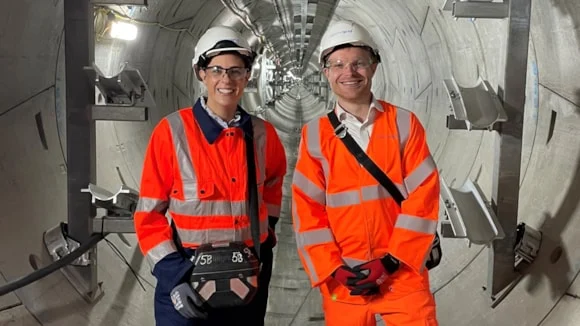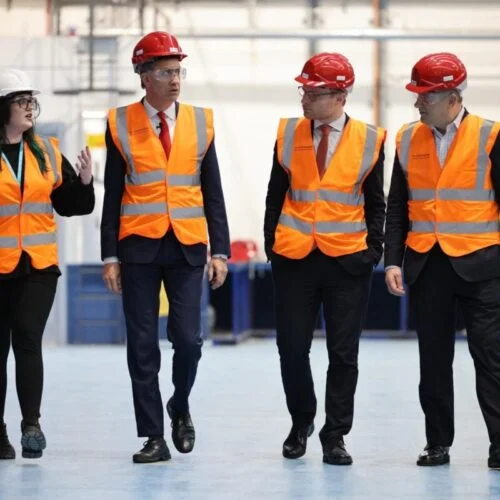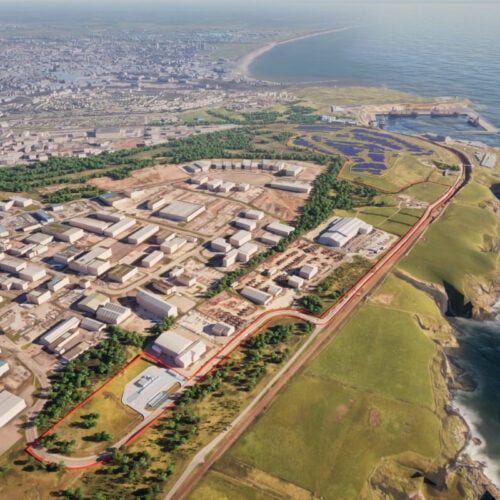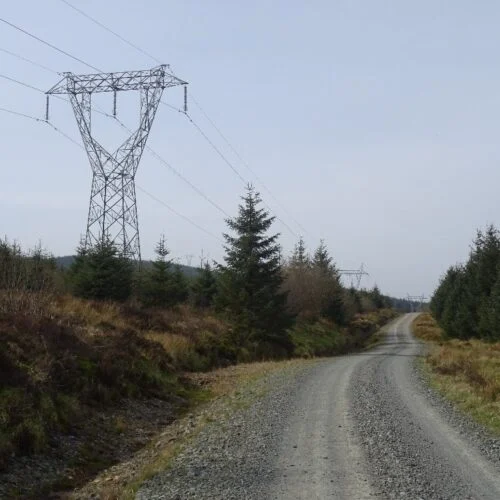The UK government’s ten-year Industrial Strategy dedicates a whole chapter to the clean energy system, though no new energy policies were announced.
This marks the first time that the UK has set a long-term strategy bringing together economic infrastructure (transport, energy, water and wastewater, waste, digital, and flood risk management) with housing and social infrastructure (hospitals, schools and colleges, and prisons and courts).
To that end, it establishes a new body, the National Infrastructure and Service Transformation Authority (NISTA), which will oversee the total investment envelope of £725 billion to be spent on capital projects in the next ten years, as set out by the Industrial Strategy.
Dhara Vyas, CEO of trade association for the energy ecosystem Energy UK, said: “Utility infrastructure is increasingly interconnected as we move toward a low carbon, digitalised, energy system, and it is right that the NISTA be tasked with identifying the ways in which strategic planning across sectors can be aligned to enable energy generation, new homes, and businesses to connect at pace.”
The Industrial Strategy reiterates the government’s commitment to becoming a clean energy super power, a mission that it states will “boost the UK’s competitiveness, exports and innovation and support UK manufacturing, with clean energy one of the priority modern Industrial Strategy sectors”.
Vicky Parker, energy, utilities and resources leader at consultancy PwC, said: “While there are no new energy policies in the Infrastructure Strategy, it is a helpful aggregation of existing initiatives that correctly reflects the importance of a secure, reliable and clean energy system to the UK’s national prosperity.”
The strategy covers establishing and funding the Great British Energy Company, the Future Homes Standard (which recently was updated to mandate solar PV) and the Warm Homes Plan, as had been confirmed in the recent Spending Review.
Further, the ten-year plan reaffirms that the National Energy System Operator (NESO) will manage the transition to a more strategically and spatially planned energy system, coordinating energy generation and network infrastructure.
This will come in the form of the Strategic Spatial Energy Plan that ministers commissioned last year.
It also says the government will conclude the policy development phase of the review of electricity market arrangements (REMA) by mid-2025. This has already been pushed somewhat, as some begin to believe the delayed decision indicates that a national reform will be the route taken.
The government has confirmed that that projects allocated to the next auction round will be given the same legacy or transitional arrangements as existing Contract for Difference (CfD) agreements, if a move to zonal pricing is the outcome of REMA.
Transport decarbonisation in the Industrial Strategy
Like its other energy commitments, the government has reconfirmed pledges it had already made to accelerate the rollout of EV charging infrastructure. It states that, per a report by the National Audit Office, the UK is on track to have installed the 300,000 chargepoints needed to support the uptick in EVs on the road by 2030. According to the Climate Change Committee, the UK will need around 550,000 by 2040.
Per the Spending Review, the government will allocate allocate £1.4 billion to the Office for Zero Emission Vehicles (OZEV) to fund projects supporting the transition to zero emission vehicles and £400 million to support further rollout of charging infrastructure.
The government is also providing up to £200 million by March 2026 for the Zero Emission HGV and Infrastructure (ZEHID) programme, which will build evidence over five years to guide investment in zero emission HGV technologies.
Energy minister Michael Shanks will open the Clean Power 2030 Summits in London on 1-2 July, hosted by Solar Media. View the agenda and book tickets here.






